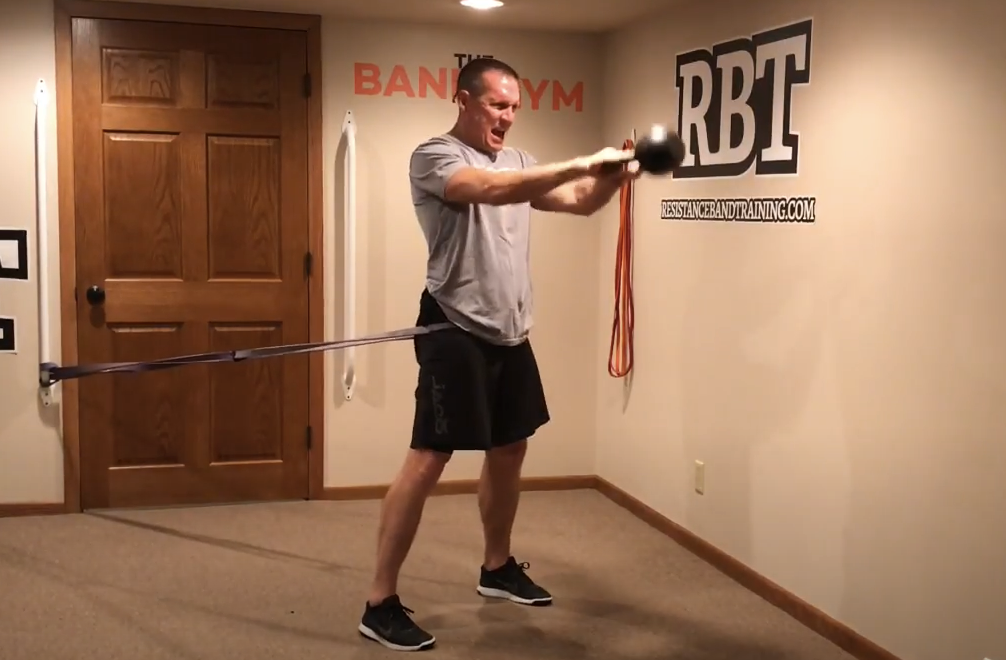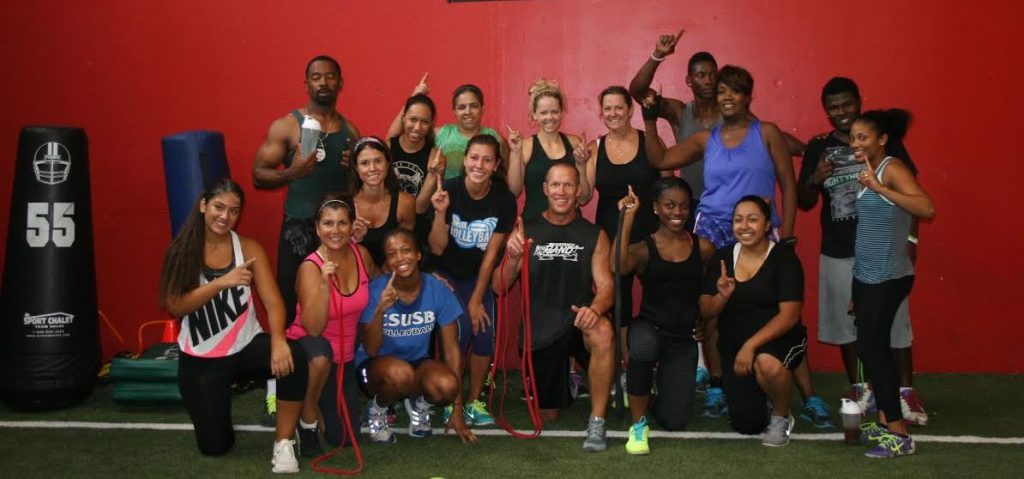Eliminating Knee Pain
Here are 5 band training elements you must have in your weekly exercise program to help get rid of knee pain as well as keep your knees feeling and moving well.
1. Foam Rolling
The key structures that need to be consistently foam rolled prior to every workout are the anterior-lateral thigh, lateral thigh and VMO. These 3 structures are consistently found to be painful with foam rolling in a painful knee.
Here is how to foam roll these key regions
2. Band Hip Stretching
The knee is a joint stuck in the middle of the hip and ankle with nowhere to go. It’s critical that the hip stays mobile and the surrounding muscles stay flexible so the knee does not have to provide additional motion that the hip would typically have provided if moving well.
The key muscles that are often found to be restricted in a painful knee are the hip flexor, lateral thigh, lateral hamstring and hip rotation. Hip rotation along with hip extension are often the key movements of the hip that become restricted and lead to knee pain. All of these can be easily band stretched and mobilized.
Key band stretching exercise
3. Dynamic Stabilizer Glute Training
Thigh weakness, specifically the VMO, is often mistakenly accused of being what causes knee pain. However, in reality it is weakness in the glutes and specifically the glute medius, that leads to knee pain. A weak glute medius creates poor knee mechanics during squatting type movements as well as the ITB and adductors having to try and stabilize the knee.
This is why these muscles are found to be very tight and make foam rolling painful. Knowing that squatting is often a key movement that causes knee pain, by attacking the glute medius with various dynamic stabilizer exercises it will strengthen the glute medius while avoiding having to do excessive squatting.
4. Developing Tri-plane Pillar Strength and Stabilization
We have established that the key muscle that protects the knee is the glute medius. However, in order for the glute medius to do its job, it must have a strong and stable foundation to generate force from. This foundation comes from developing multi-plane pillar strength.
By having a strong pillar, the core allows the muscles to generate the force needed to keep the knee in good alignment. Without a strong pillar, the low back is allowed to move which, in turn, creates mal-alignment throughout the entire lower extremity with the knee most likely absorbing the greatest stress.
Here are 8 dynamic stabilizer exercises that help eliminate knee pain by increasing glute medius strength and core stabilization
5. Horizontal Vector Squatting
Squatting is the grandfather of all functional movements. Unfortunately, squatting is also what creates a majority of the knee pain experienced in society. Painful knees have to eventually regain the ability to squat in order for people to truly regain full function.
However, vertically-loaded squatting with barbells or dumbbells is not needed to successfully regain squat strength. Horizontal vector squatting and single leg squatting should be the first progression level attempted when returning back to squatting off a painful knee.
Band horizontal vector squatting creates greater glute medius recruitment along with better squatting mechanics. This leads to strengthening the key squatting muscles without knee joint aggravation.
How to apply horizontal vector squatting with bands




